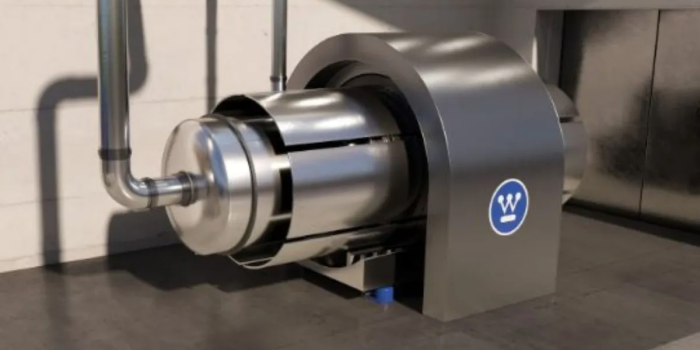In the dynamic landscape of nuclear innovation, Westinghouse’s eVinci microreactor emerges as a game-changer, breaking free from the constraints of water dependence. With the ability to operate sans water, eVinci not only accelerates the deployment of microreactors but also transforms the narrative of nuclear power.
Traditionally, nuclear power plants have been synonymous with prolonged construction timelines, but eVinci’s compact design introduces a paradigm shift. Tailored to fit transport trucks or aircraft, microreactors like eVinci redefine rapid deployment, making them invaluable for disaster relief and military applications. The standout feature of eVinci lies in its water-independent operation, a revolutionary facet that expands its horizons and brings nuclear power to regions facing water scarcity.
The engineering marvel of eVinci owes its water independence to the innovative “Heat Pipe technology” developed by Westinghouse. This technology streamlines active systems by reducing components and addresses risks associated with high pressure and cooling leaks. Complementing this, the microreactor boasts a Passive Heat Removal System (PHRS), utilizing radiation and convection for core cooling without requiring constant operator intervention.

Beyond its water-independent prowess, eVinci promises seamless transport and installation, ensuring minimal disruption to existing infrastructures. Integrating seamlessly with renewable sources like wind and solar, the microreactor contributes to grid stability. The excess heat generated finds purpose in district heating or diverse industrial processes, adapting to varied operational environments.
Fueling the eVinci’s capabilities is TRISO fuel, renowned for its resistance to corrosion, oxidation, and high temperatures. Remarkably, the microreactor operates autonomously for over eight years without the need for refueling, reducing carbon emissions by approximately 55,000 tons annually.
The plug-and-play design of eVinci allows for effortless replacement once the fuel is depleted, akin to swapping out a battery. Enhanced safety during transport is ensured by shutdown rods, while spent nuclear fuel finds a home in deep geological repositories for secure long-term storage.
In a recent milestone, the Saskatchewan Research Council greenlit a CAD 80 million project to introduce the first eVinci microreactor in Canada by 2029. This marks a significant stride in the pursuit of water-independent nuclear power, offering a glimpse into a future where microreactors like eVinci lead the charge in meeting global energy demands.


